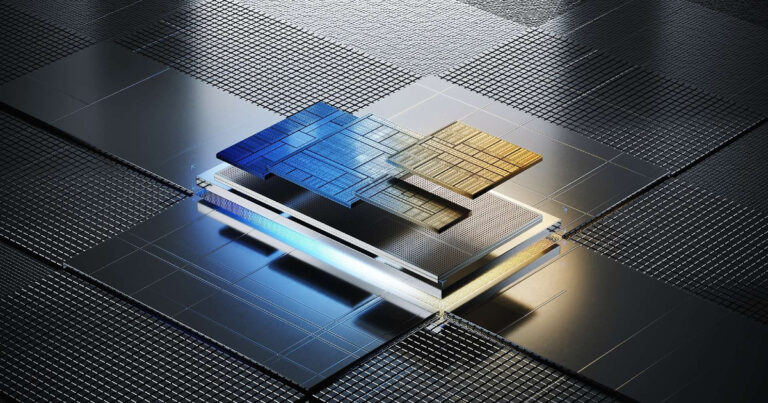Intel has launched its latest lot of mobile processors.
The biggest claim to fame for the new Core Ultra 5, Core Ultra 7 and Core Ultra 9 is that they are the first Intel CPUs to be partially produced on 4-nanometer silicon. These new processors (also known as Meteor Lake) cater to a variety of different users and use cases and, as you might expect, deliver better performance than their predecessors.
Key improvements include better power efficiency, more savvy multi-threading, a discrete Arc GPU on selected models and support for new connectivity standards like WiFi 7 and DisplayPort 2.1.
Intel's XeSS upscaling is even available on the cheaper models that opt for integrated graphics instead. When it comes to gaming, an Intel Core Ultra 7 should offer a two-fold improvement over an equivalent 13th Gen Intel Core i7 processor.
If you've been in the market for a Windows laptop anytime recently, you might notice that the naming conventions around Intel's CPUs have also changed here. That shift was announced by Intel in the year and is designed to make it easier for consumers to grapple with the performance and overall value rather than the long and clunky nomenclature.
The new Intel Core Ultra 5, Intel Core Ultra 7 and Intel Core Ultra 9 sit a little more naturally alongside AMD's own Ryzen 5, Ryzen 7 and Ryzen 9 respectively.
The other big difference between this run of CPUs and Intel's latest is the big emphasis that the company is looking to make on accelerated AI-related performance this time around. The new Intel Core Ultra processors all feature a built-in neural processing unit (NPU) that's designed to handle AI-adjacent workloads.
According to Intel, that works out to be a 70% improvement in generative AI performance.
With Microsoft rumoured to have some pretty big AI features in the pipeline when it comes to Windows, Intel is framing the arrival of laptops powered by its Meteor Lake CPUs as the advent of what it's calling the AI PC.
According to Intel exec Michelle Johnston, this type of computer will comprise 80% of the market by 2028.






